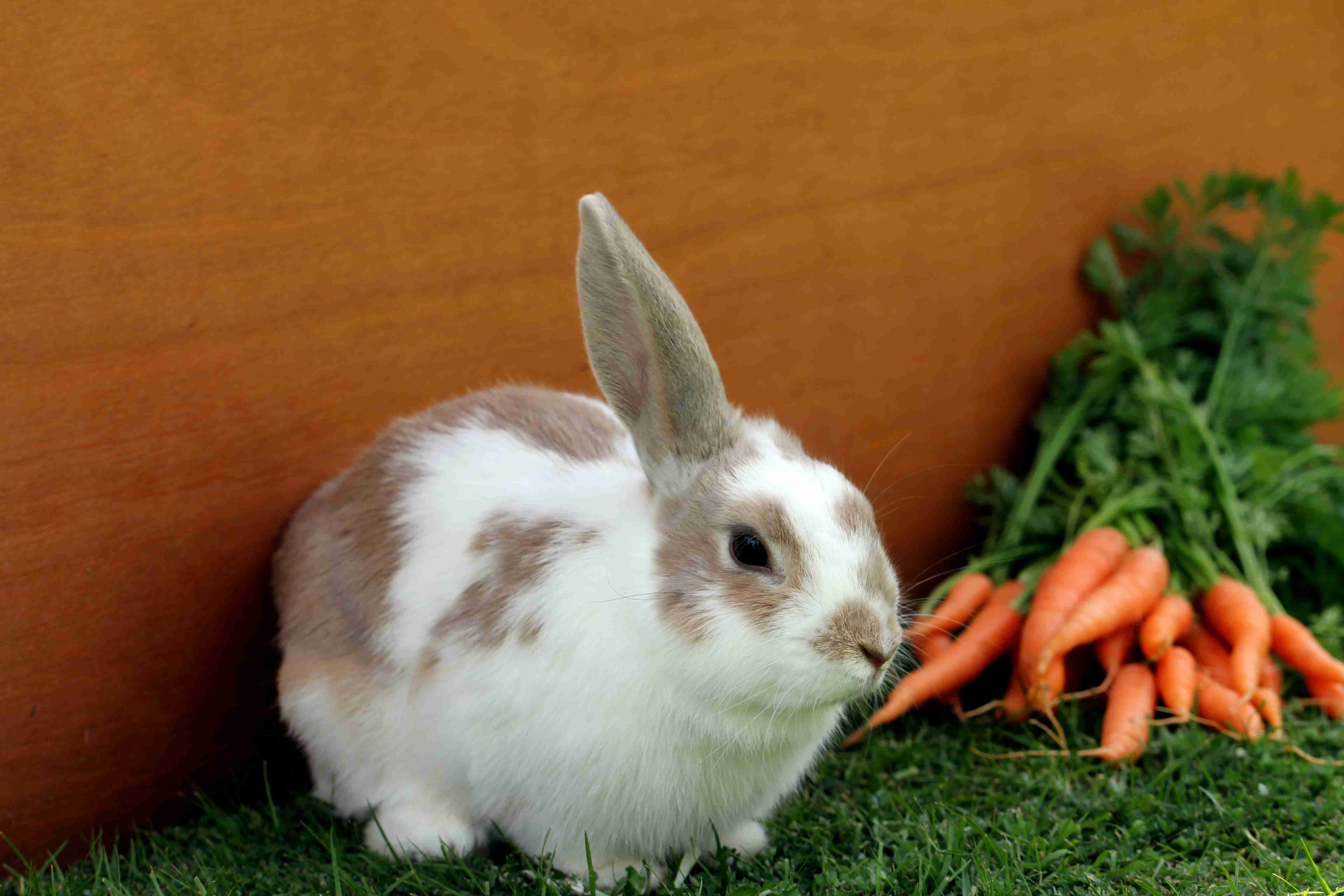As a rabbit owner, it’s important to provide your furry friend with a healthy and balanced diet. After all, a nutritious diet is crucial for your rabbit’s overall health and well-being. However, with so many options available, it can be overwhelming to figure out what foods are best for your bunny. In this blog post, we’ll discuss the five essential steps you need to take to create a healthy diet plan for your rabbit. From identifying your rabbit’s nutritional needs to choosing the right foods and portions, we’ll cover everything you need to know to ensure your bunny is getting the nutrients they need to thrive.
Rabbits are adorable, furry creatures that make wonderful pets. However, many pet owners do not realize that their furry friends require a specific diet plan to maintain good health. A healthy diet plan for rabbits is essential to keep them active, happy, and healthy. In this post, we will discuss the five essential steps to creating a nutritious diet plan for your rabbit.
Step 1: Understand Your Rabbit’s Nutritional Needs
Before you start planning your rabbit’s diet, it is important to understand their nutritional requirements. Rabbits are herbivores, and their diet should consist of hay, fresh vegetables, and a small amount of pellets. Hay should make up the bulk of their diet as it provides essential fiber that helps keep their digestive system healthy. Fresh vegetables such as carrots, lettuce, and kale should be given in small amounts daily, while pellets should be fed in moderation.
Step 2: Choose the Right Hay
Hay is a crucial part of your rabbit’s diet, and it should make up the majority of their food intake. Timothy hay is the best type of hay for rabbits as it is high in fiber and low in protein and calcium. Alfalfa hay, on the other hand, is high in protein and calcium and should only be given to young rabbits or those that are pregnant or nursing.
Step 3: Add Fresh Vegetables to Their Diet
.jpg)
In addition to hay, rabbits need fresh vegetables to provide essential vitamins and minerals. Some good options include carrots, kale, spinach, and lettuce. However, it is important to introduce new vegetables slowly to avoid digestive upset. Start with small amounts and gradually increase the portion size.
Step 4: Feed Pellets in Moderation
Pellets are a convenient way to provide your rabbit with essential nutrients, but they should be fed in moderation. Too much of this food can lead to obesity and other health problems. A general rule of thumb is to feed your rabbit one-quarter cup of pellets per five pounds of body weight per day.
Step 5: Provide Clean Water
Water is essential for your rabbit’s health, and it should be available at all times. Provide clean, fresh water in a water bottle or bowl that is changed daily. Avoid giving your rabbit sugary drinks or fruit juices as they can upset their digestive system.
Overall, creating a nutritious diet plan for your rabbit is essential to their overall health and wellbeing. By following these five essential steps, you can ensure that your furry friend is getting the right balance of nutrients to keep them healthy, active, and happy. Remember to always consult with a veterinarian if you have any concerns about your rabbit’s diet or health.
Your rabbit’s diet is crucial to their overall health and happiness, which is why it’s important to take the time to create a nutritious diet plan. By following the five essential steps outlined in this post, you can ensure that your rabbit is getting all the nutrients they need to thrive. Remember to consult with your veterinarian, do your research, and make gradual changes to your rabbit’s diet to avoid any digestive issues. With a little bit of effort and dedication, you can provide your furry friend with a diet that will keep them healthy and happy for years to come.
Please follow us on Social Media


.jpg)


.jpg)
.jpg)
.jpg)
.jpg)